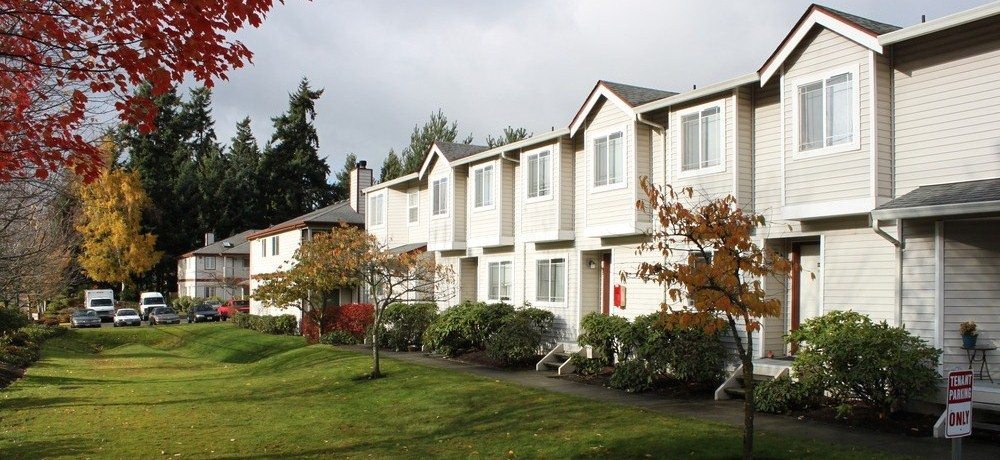Discerning Solid Demand Drivers from Fads in Commercial Real Estate
As economic data suggest the US macro economy is just slowly growing, 1.2% annualized GDP growth for the second quarter of 2016 as a prime example, it is worthy to question the source of sustained demand growth for commercial real estate. Overall, commercial real estate prices are at or near all-time highs according to Real Capital Analytics and occupancies are generally near normal peaks. Thus, it is anticipated that many investors and market participants will begin or have begun to question where commercial real estate is in the proverbial “cycle” and if some form of a downturn is probable for the future. While it is difficult to forecast the future, determining whether present property fundamentals and pricing is a result of solid demand drivers or just potentially fleeting “fads” is highly worthwhile and more important for long-term investment decisions.
Demographic Waves Driving Commercial Real Estate Demand
In real estate, demand trends are ultimately governed by demographics. There are two major demographic waves that will persist for years to come. First, the rising of the Millennials and second, the aging of the population (also known as the Baby Boomer bust). While this is hardly a new topic of conversation in the real estate industry, some of its most primary implications to core demand seem lost during said “cycle” discussions. To illustrate why these discussions must be merged, a simple snapshot of 30-year-olds in America is presented courtesy of data from the US Census Bureau. In 1975, 71% of 30-year-olds had married, had a child, completed schooling, and had moved out of their parents’ house; as of 2015 the number of 30-year-olds meeting all four criteria had fallen to 32%. Further, this trend is worsening and not likely to reverse anytime soon. Now, given that data, consider where a rational person who is unmarried, childless, and potentially in school is going to live when they finally move out of their family home – clearly the answer is in rental housing. Thus, those analyzing the apartment sector without considering the impact of such changing demographics are more likely to see oversupply, when in fact the actual condition for some markets is undersupply.
 A similar story regarding the aging of America can also be made using Census data which shows that the percentage of the population over 65 will go from less than 14% in 2010 to almost 22% by 2030. Now, consider the prototypical 65-year-old household; it will likely be childless (at least under the age of 18) with just one to two adults with potentially limited income. With a little creative analysis, it is apparent that the prototypical Millennial household (i.e., a single person or two adult individuals with limited income) is actually quite economically similar to the Baby Boomer household. Further, while not identical, both will have somewhat similar demands for real estate. Thus, the ever insatiable demand for multifamily, certain types of retail, and other properties seems far more logical when all sources of demand are considered. In short, apartments are doing well today, in both fundamentals and pricing, because they benefit from solid demand drivers; meaning those not likely to deteriorate in the short term and most likely to persist for the long term.
A similar story regarding the aging of America can also be made using Census data which shows that the percentage of the population over 65 will go from less than 14% in 2010 to almost 22% by 2030. Now, consider the prototypical 65-year-old household; it will likely be childless (at least under the age of 18) with just one to two adults with potentially limited income. With a little creative analysis, it is apparent that the prototypical Millennial household (i.e., a single person or two adult individuals with limited income) is actually quite economically similar to the Baby Boomer household. Further, while not identical, both will have somewhat similar demands for real estate. Thus, the ever insatiable demand for multifamily, certain types of retail, and other properties seems far more logical when all sources of demand are considered. In short, apartments are doing well today, in both fundamentals and pricing, because they benefit from solid demand drivers; meaning those not likely to deteriorate in the short term and most likely to persist for the long term.
Finding True Demand Drivers Across Product Types
When analyzing all other sectors such as office, industrial, retail, and hospitality, it is equally important to assess how “solid” the demand drivers are for those sectors’ product. E-commerce appears very “solid” and thus its impacts on retail and industrial are likely to persist as well. For the contrarian example, consider trends in co-working, clustered work spaces, and other trends in office space; they may all end up being a “fad”, as they are not backed by a solid demand driver. Thus, savvy investors do not spend time assessing “cycles”, they spend time discerning true demand drivers from fads. Most, if not all, “bubbles” that burst are fads being discontinued. This includes the housing “bubble” of the 2000’s; the “fad” was mom and pop investors buying multiple houses just to flip, even though they could never live in or afford them as rentals.
To learn more about the current CRE market and economic conditions throughout the US, read the 2016 Market Outlook Reports here.
[bctt tweet=”Overall, commercial real estate prices are at or near all-time highs #CRE” username=”svnic”]

